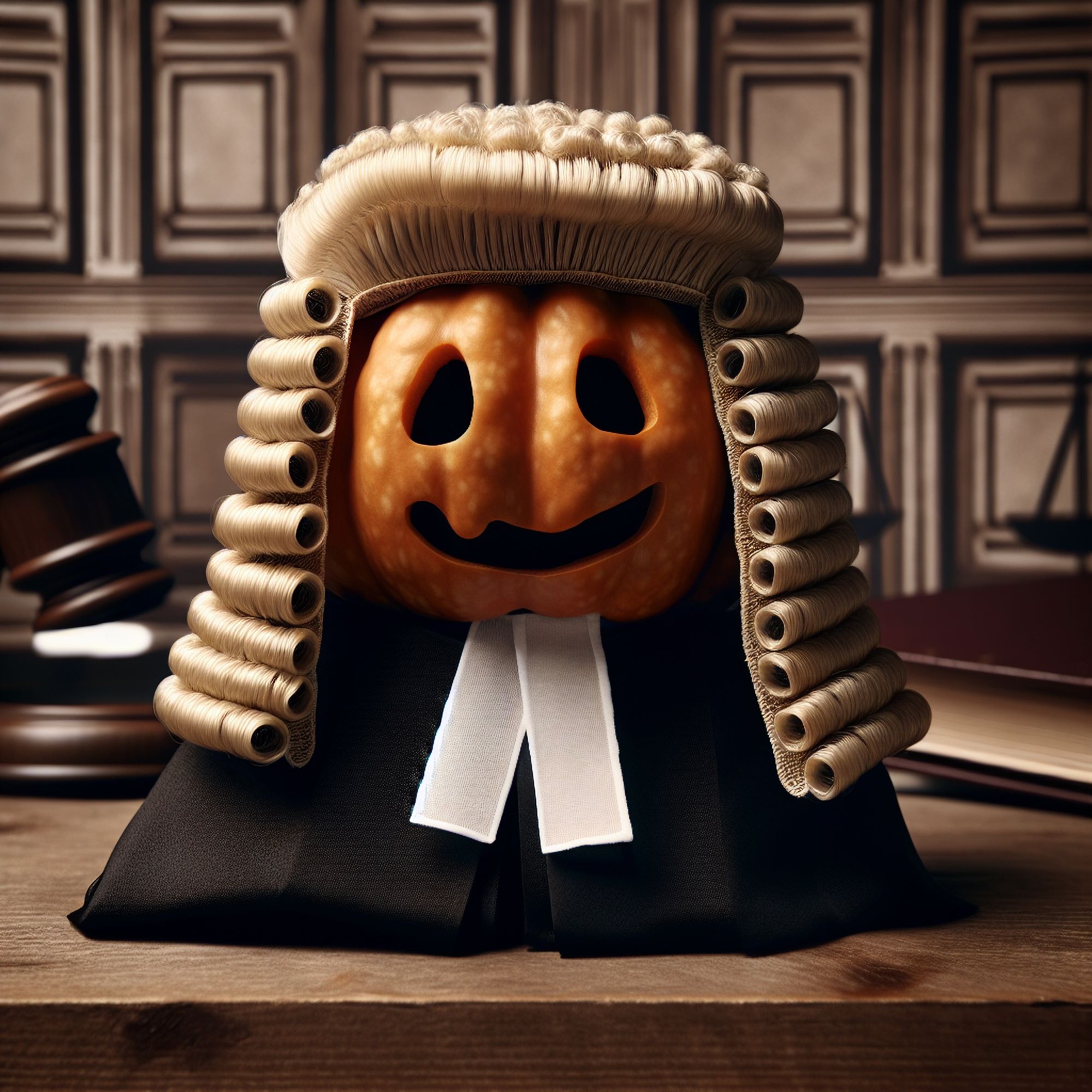Greek Police has had a productive month. With a massive destruction of seized counterfeits, they are showing the counterfeiters they are a force to be reckoned with. On March 17, 2016 Hellenic Police conducted a huge raid and seizure of counterfeit goods. The Police reported appropriation of around 19 000 items, 11.517 of which were blouses, 2.918 pairs of sports shoes, 1.845 purses and bags, 1.444 pieces of underwear, and the rest was divided between pants, shirts and caps.
Read more about Counterfeited goods seized in Greece
